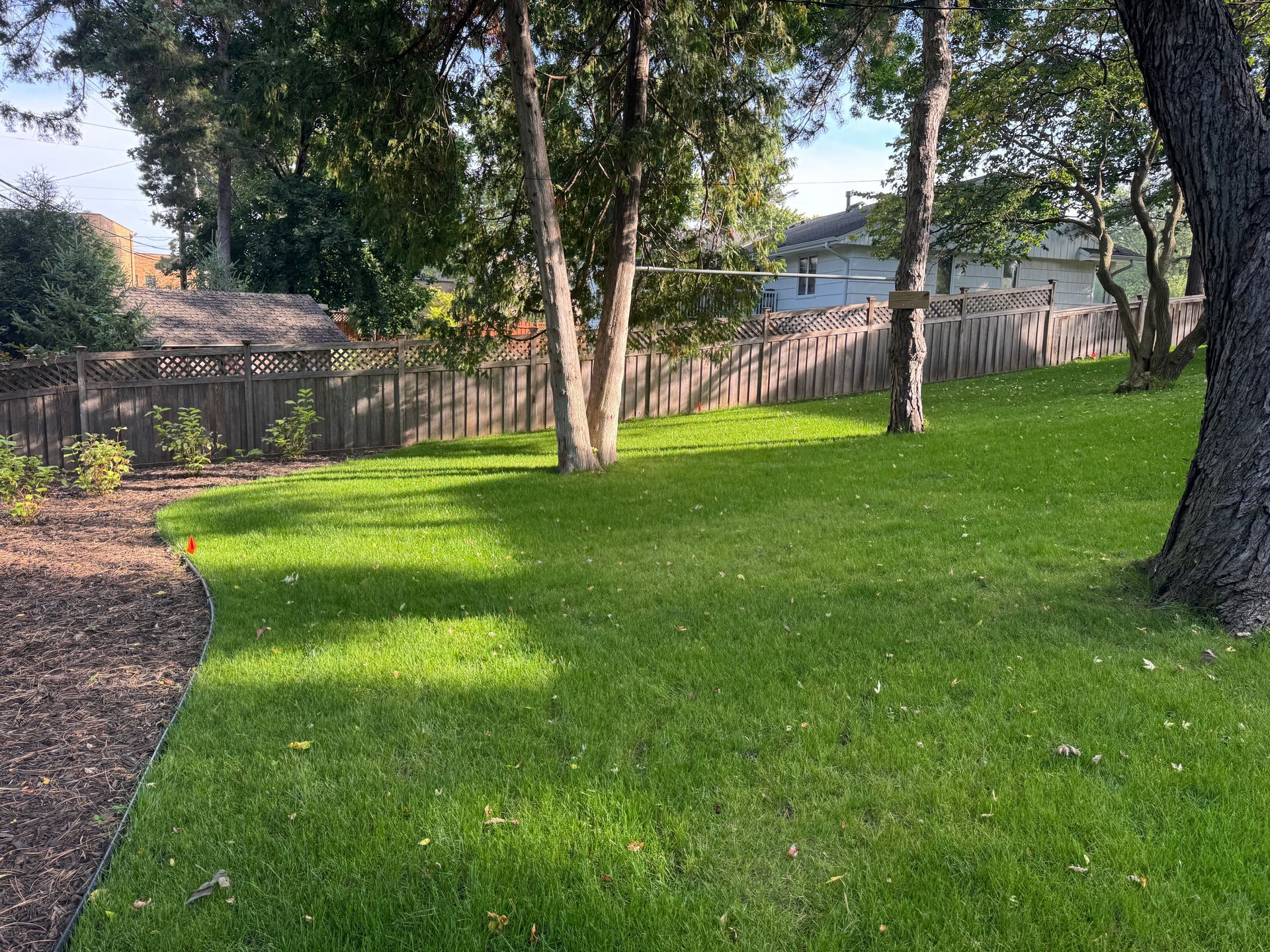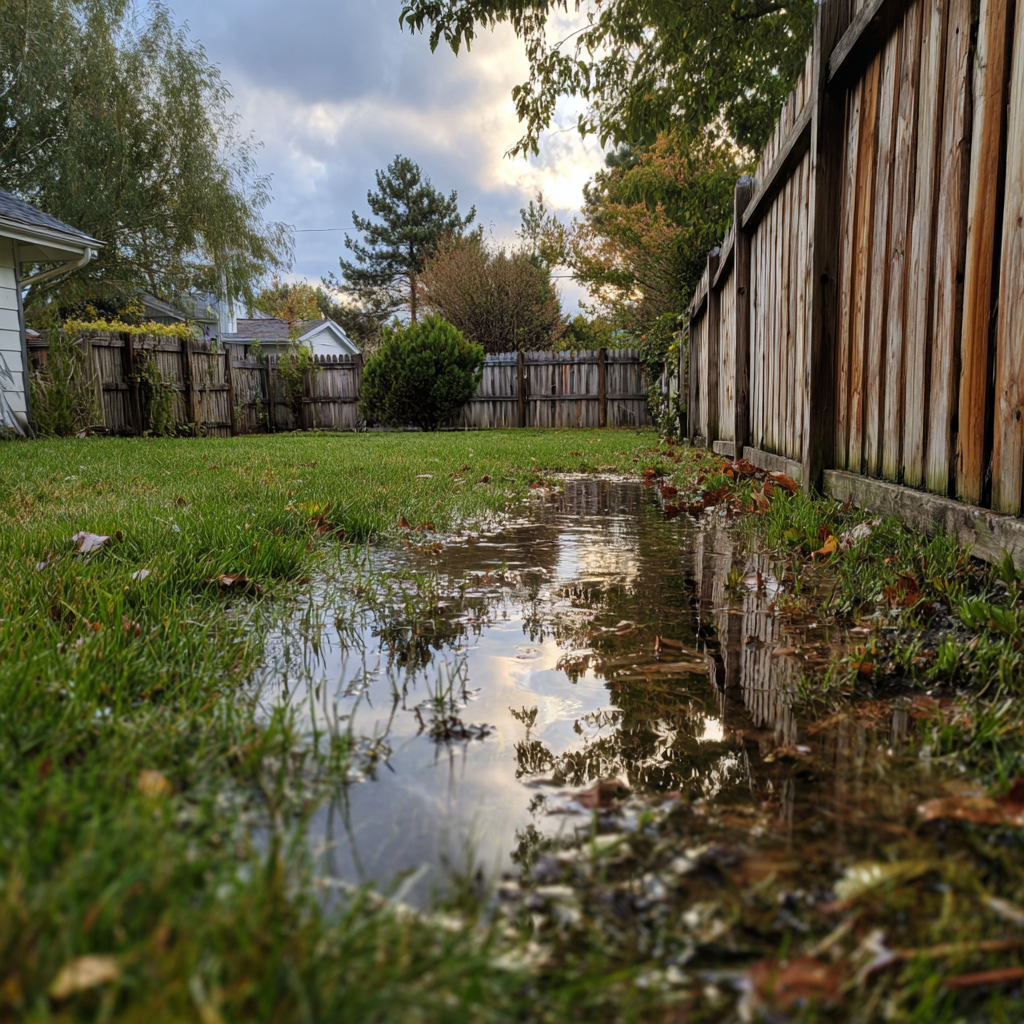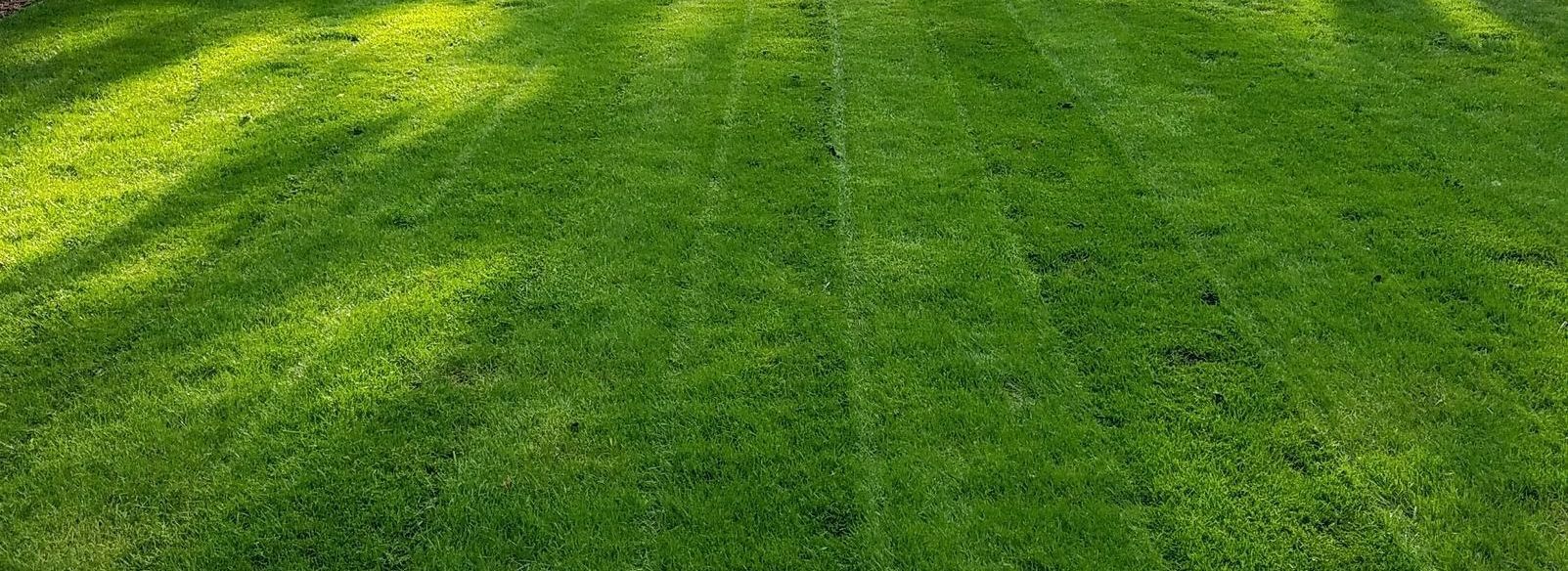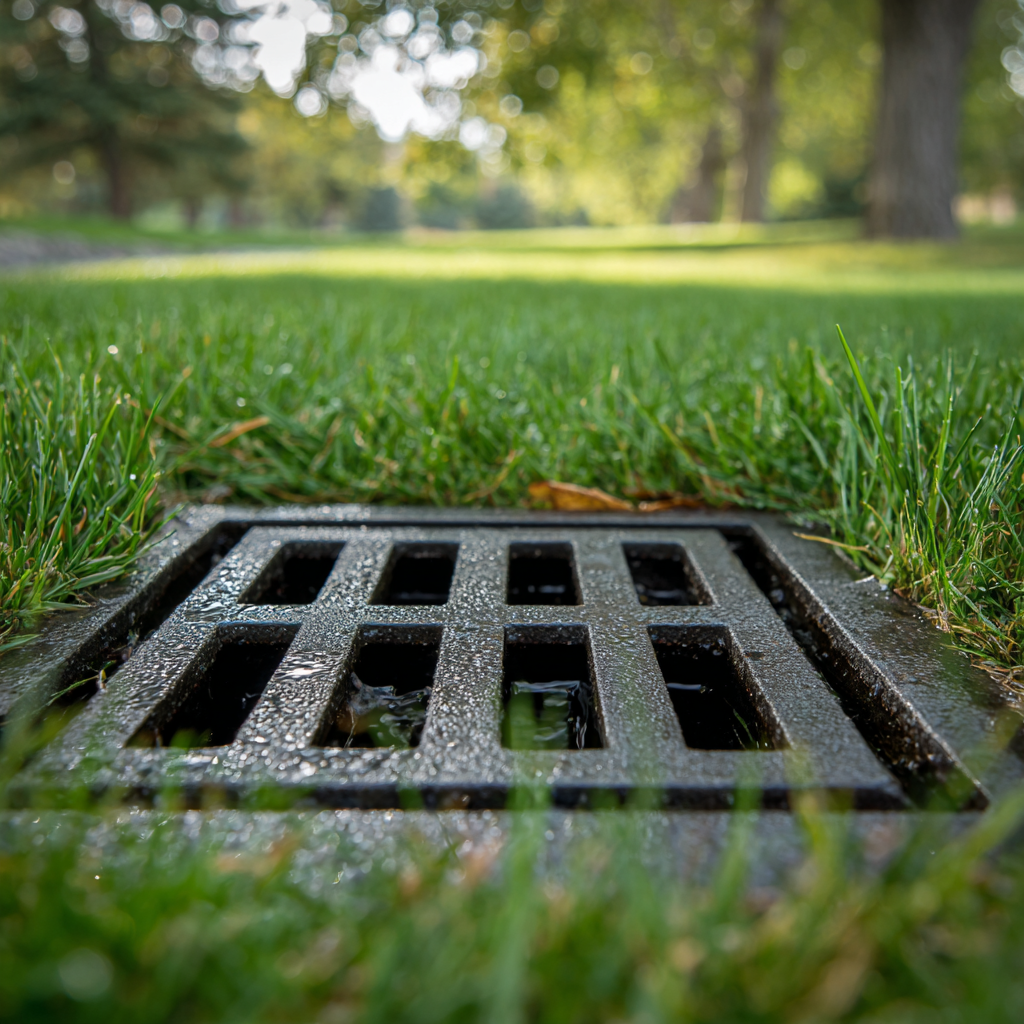Watering Your Lawn: Best Tips for For Healthy Lawn Care
Keeping your lawn lush and vibrant without leaning on harsh chemicals is a seasonal challenge. Chemical companies don’t want you to know that watering is the key to maintaining a thriving, healthy, organic lawn.
Are you ready to keep your lawn healthy? This article discusses effective watering methods to strengthen your lawn—promoting deep root growth and bolstering its resilience against dry spells.
Importance of Proper Watering in Organic Lawn Care
Proper watering is essential in organic lawn care to promote deep root growth, prevent thatch and weed growth, and strengthen the lawn's resilience to drought.Deeper, less frequent watering to encourage deep root growth
We make sure your lawn is stronger and resilient despite less regular watering. This method develops a robust root system and a drought-resistant yard.It also discourages unwanted thatch and weed growth caused by shallow, frequent watering. Deep-rooted grass prevents and controls erosion. The method allows grass to grow longer and promotes vigorous root systems, reducing irrigation needs.
Therefore, it is evident that deeper, less frequent watering plays an undeniable role in organic lawn care for a healthier, greener yard.
Shallow frequent watering leads to thatch and weed growth
Shallow, watering is a common mistake in lawn care. This practice discourages root development and produces less resilient grass in drought conditions.Your lawn thrives when roots grow deeper into the soil for moisture and nutrients, while frequent shallow watering exposes your grass to thatch accumulation and weed growth.
Overwatering promotes fast, leafy growth of grassroots while hampering the disintegration of dead organic matter—resulting in excessive thatch build-up.
This dense layer of living and dead plant material above the surface becomes a perfect breeding ground for harmful pests and diseases and inhibits water absorption. Similarly, weeds thrive on overwatered lawns and contribute to poor grass health.
Watering to strengthen the lawn and make it more resilient to drought
Regular and timely watering helps establish a robust and healthy lawn that withstands low rainfall or drought. Watering deeply encourages grass roots to grow into the soil, creating a strong root system.This technique boosts resilience and ensures turf health by enhancing water efficiency and promoting sustainable lawn care practices. Remember, an inch per week is sufficient for most lawns under normal weather conditions.
Proper hydration through efficient irrigation methods like deep watering techniques can drastically improve your yards' drought resistance while conserving precious resources.

Best Practices for Watering Organic Lawns
For a healthy organic lawn, follow proper watering guidelines . Water deeply but less frequently for established properties to encourage root growth and make the grass resilient to drought.Freshly seeded lawns require frequent and shallow watering until the roots are well-established. The "one inch of water" method is essential for maintaining optimal soil moisture, and exploring alternative watering methods helps conserve water while still nourishing your lawn effectively.
Watering guidelines for established lawns
To maintain a healthy lawn, follow the watering guidelines for established grass. Watering deeply and infrequently stimulates root growth, making your grass resilient to drought.Avoid the common mistake of watering frequently with little water. Aim for one-quarter and one-half inch of water per session, three to four times weekly. Following these guidelines, you can ensure your lawn stays vibrant throughout the season while conserving water.
Watering guidelines for new lawns
Establishing a healthy yard means watering sufficiently. Newly seeded or sod lawns depend on water to stimulate root growth. Seasoned gardeners achieve this by watering deeply and infrequently.Shallow, frequent watering promotes frustrating thatch and weed growth; instead, rely on one-half inch of watering tricks. Conserving water is also important; these guidelines will help your new lawn develop strong roots for better drought tolerance in the future.
Understanding the concept of "one inch of water"
Lawns only require about one inch of water weekly to stay healthy. This means you aim to provide around one inch of water over the week through watering or rainfall.For warm-season turfgrasses, water three times a week and spread the one inch of total water into three sessions. Not all lawns require exactly one inch—established grass needs less.
Understanding this concept promotes your lawn’s strong growth and resilience.
Alternatives to watering
As part of our commitment to sustainable landscaping practices , we understand reducing water consumption is vital to organic lawn care. While watering is necessary for maintaining healthy lawns, alternative methods help conserve water and promote a drought-resistant landscape.One option is to consider native or naturalized landscaping, which involves using plants adapted to the local climate and requiring less water. Another alternative is to explore organic lawn care products and services as an alternative to chemical fertilizers and pesticides.
These alternatives reduce the need for excessive watering and contribute to soil health and sustainability of your lawn.

Mowing Practices for Healthy Lawns
Proper mowing helps healthy organic lawns thrive; recommended mowing heights and frequency help.Importance of proper mowing in organic lawn care
Proper mowing helps in maintaining a healthy organic lawn. Good mowing practices help grass fight against weeds and prevent diseases.Regular mowing with sharp mower blades at the appropriate height maintains grass density and promotes vigorous growth. Mow often enough that you never cut over one-third of the grass blade length at a time.
This method allows the grass to adjust better than infrequent cutting, which stresses turfgrasses and puts them at risk of damage or disease. So, make sure to prioritize proper mowing for the overall health of your organic lawn.
Mowing height and frequency recommendations
Cut a healthy lawn to a height between 2 and 3 inches. This length encourages root development, which makes your grass resilient to drought. Keeping the grass longer also discourages weed growth and reduces evaporation. For cool-season grasses, such as Kentucky bluegrass or tall fescue, cut to a height of 2.5 to 3 inches for lawn density and discourage weed seed germination.Remember to avoid removing more than one-third of the grass blade length each time you mow for optimal results.
Proper watering is the key to organic lawn care. A professional lawn care service understands these methods and implements them for healthier lawns and chemical-free environments.
Practicing deeper and less frequent watering encourages root growth, prevents thatch and weed growth, and impacts overall yard health and sustainability.










